Visit Our In-Demand General Blog
Visit Our In-Demand Tour & Travel Blog
Let’s continue to the blog..
Spain is a country where food is at the heart of daily life. From bustling city streets to quaint villages, markets offer a window into Spanish culture, traditions, and flavors. Visiting local markets is one of the best ways to experience authentic Spanish cuisine, meet locals, and discover regional specialties. This guide explores some of the best local markets in Spain and what makes them must-visit destinations for food lovers. Best Local Markets in Spain for Authentic Food Experiences.
Why Visit Local Markets in Spain
Spanish markets are more than just places to shop for food. They reflect the culture, history, and culinary diversity of each region. Here’s why you should include local markets in your travel itinerary:
- Fresh and Authentic Produce: Markets provide access to fresh fruits, vegetables, seafood, and meats sourced locally.
- Regional Specialties: Each market highlights unique local products, from Iberian ham in Madrid to fresh seafood in Valencia.
- Cultural Experience: Interacting with vendors and tasting samples allows tourists to immerse themselves in the local lifestyle.
- Affordable Gourmet Food: Markets often offer high-quality food at lower prices than restaurants.
Tip: Visiting a market early in the morning ensures the best selection of fresh produce and less crowded aisles.
1. Mercado de San Miguel – Madrid
Located in the heart of Madrid, Mercado de San Miguel is a historic market renowned for its gourmet offerings. It combines tradition with modern culinary trends, making it ideal for food enthusiasts.
- What to Try: Tapas, freshly cured Iberian ham, cheeses, olives, and fresh seafood.
- Unique Feature: Beautiful glass and iron architecture adds to the shopping experience.
- Best Time to Visit: Mornings for shopping and late afternoon for tapas tasting.
Tip: Take a small food tour through the market, sampling a little from multiple stalls for a complete experience.
2. La Boqueria – Barcelona
Barcelona’s La Boqueria is one of the most famous markets in Spain and a must-visit for first-time tourists. It offers vibrant displays of fresh fruits, seafood, meats, and traditional Catalan delicacies.
- What to Try: Fresh fruit juices, jamón ibérico, seafood tapas, and local sweets.
- Unique Feature: Colorful fruit stands and lively atmosphere capture the essence of Barcelona.
- Best Time to Visit: Early morning to avoid large tourist crowds and see the freshest products.
Tip: Don’t just eat; take time to walk through the market and enjoy the lively energy of vendors and shoppers.
3. Mercado Central – Valencia
Valencia is famous for its paella, and the Mercado Central is the perfect place to experience the city’s culinary heart. The market is housed in a stunning modernist building with stained glass windows.
- What to Try: Fresh seafood for paella, local cheeses, olives, and traditional pastries.
- Unique Feature: The market has over 1,000 stalls offering a wide range of products.
- Best Time to Visit: Morning, especially if you plan to buy ingredients for a cooking experience. Best Local Markets in Spain for Authentic Food Experiences.
Tip: Engage with local vendors and ask for recipe suggestions for authentic dishes.
4. Mercado de Atarazanas – Málaga
Mercado de Atarazanas in Málaga combines Moorish architectural elements with a vibrant food scene. It is a hub for fresh fish, meats, fruits, and vegetables.
- What to Try: Fresh seafood, local cheeses, Spanish cold cuts, and tropical fruits.
- Unique Feature: Beautiful stained glass windows depicting historical elements of Málaga.
- Best Time to Visit: Morning, when seafood arrives fresh from the port.
Tip: If possible, try a few tapas from small vendors inside the market to experience authentic Málaga flavors.
5. Mercado de Triana – Seville
Situated on the west bank of the Guadalquivir River, Mercado de Triana is a perfect blend of history and gastronomy. The market is famous for Andalusian cuisine and traditional Spanish ingredients.
- What to Try: Iberian ham, local cheeses, fresh bread, and olives.
- Unique Feature: Authentic Andalusian vibe with local shoppers and friendly vendors.
- Best Time to Visit: Late morning, when the market is lively but not overcrowded.
Tip: Wander around the nearby streets after visiting the market to explore local cafés and tapas bars.
6. Mercado de la Ribera – Bilbao
Bilbao’s Mercado de la Ribera is located along the Nervión River and is considered one of the largest covered markets in Europe. It showcases Basque culinary specialties alongside fresh produce.
- What to Try: Pintxos (small Basque tapas), seafood, local cheeses, and cured meats.
- Unique Feature: Stunning riverfront location with a lively atmosphere.
- Best Time to Visit: Morning for fresh fish and mid-morning for sampling pintxos.
Tip: Don’t rush—take time to sample multiple stalls to experience the market fully.
7. Mercado de San Antón – Madrid
Another iconic market in Madrid, Mercado de San Antón, offers a modern twist on traditional markets. It features gourmet food stalls, a rooftop terrace, and specialty shops.
- What to Try: Tapas, international food options, fresh pastries, and desserts.
- Unique Feature: The rooftop bar offers panoramic views of Madrid while enjoying your food.
- Best Time to Visit: Afternoon, when the terrace opens for drinks and tapas.
Tip: Use the terrace to relax after sampling dishes inside the market.
8. Mercado de Abastos – Santiago de Compostela
Santiago de Compostela’s Mercado de Abastos is known for its fresh seafood and regional produce. It’s a hub for locals and provides an authentic Galician food experience.
- What to Try: Octopus (pulpo), fresh fish, local cheeses, and seasonal fruits.
- Unique Feature: Traditional Galician architecture and friendly market environment.
- Best Time to Visit: Morning for the freshest seafood and early interaction with vendors.
Tip: Ask vendors for tips on preparing Galician dishes at home if you plan to cook.
9. Mercado de la Boqueria in Palma de Mallorca
Palma’s Boqueria Market may be smaller than Barcelona’s, but it offers an equally authentic food experience. Here, fresh seafood and local fruits are highlights.
- What to Try: Fresh fish, ensaimadas (local pastries), and tropical fruits.
- Unique Feature: Close to the Palma Cathedral and beach, perfect for combining sightseeing and food.
- Best Time to Visit: Morning for fresh seafood and pastries.
Tip: Try local pastries for breakfast and fresh seafood tapas for lunch.
Tips for Visiting Local Markets in Spain
- Go Early: Freshest produce and less crowded aisles.
- Bring Cash: Smaller vendors may not accept cards.
- Ask Questions: Vendors are often happy to provide cooking tips and recommendations.
- Sample Generously: Markets are perfect for tasting a variety of foods in small portions.
- Respect Local Customs: Avoid being loud or blocking aisles.
FAQs – Local Markets in Spain
1. Are markets open every day in Spain?
Most markets operate Monday through Saturday. Some close on Sundays or have reduced hours.
2. Can tourists buy ready-to-eat food at markets?
Yes, many markets have tapas and prepared food available for immediate consumption.
3. Is bargaining allowed?
Bargaining is uncommon in Spanish markets, but small discounts for bulk purchases are sometimes possible. Best Local Markets in Spain for Authentic Food Experiences.
4. Are markets suitable for vegetarians or vegans?
Yes, fresh fruits, vegetables, nuts, and local pastries cater to vegetarians and vegans.
5. Do markets offer souvenirs?
Some markets have stalls selling local crafts, but the focus is primarily on food.
Conclusion
Exploring local markets in Spain is an essential part of any authentic culinary experience. From Madrid to Málaga, Barcelona to Bilbao, each market offers a unique glimpse into regional culture, flavors, and traditions. By visiting these markets, tourists can enjoy fresh produce, taste local specialties, and immerse themselves in Spain’s vibrant food culture.
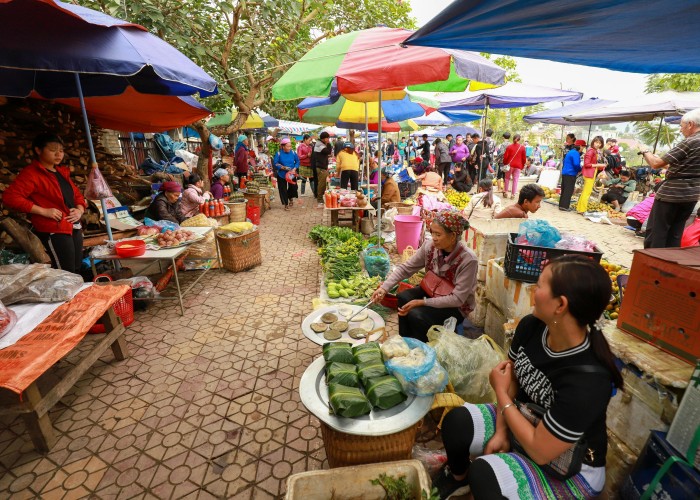
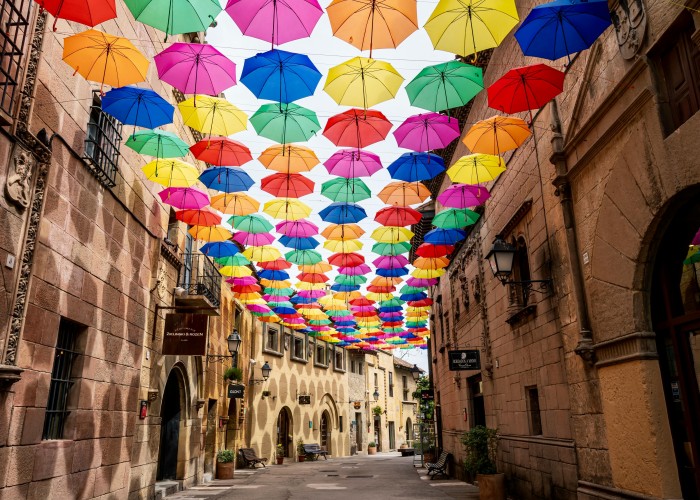
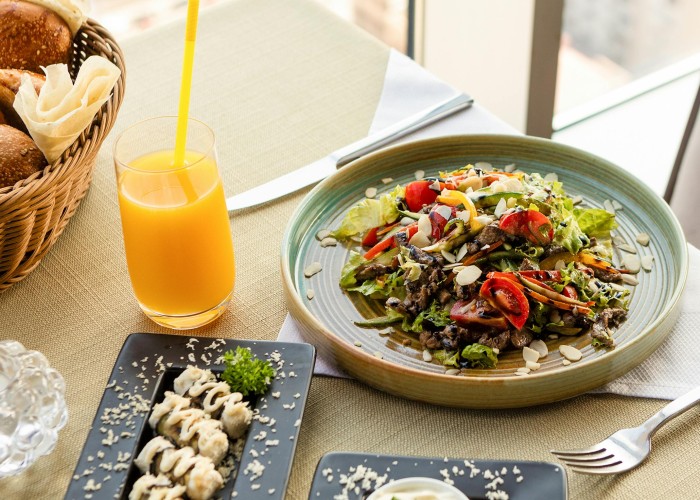
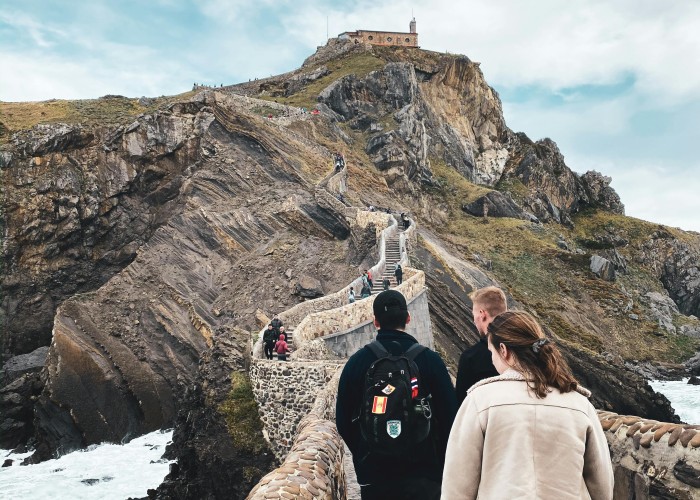
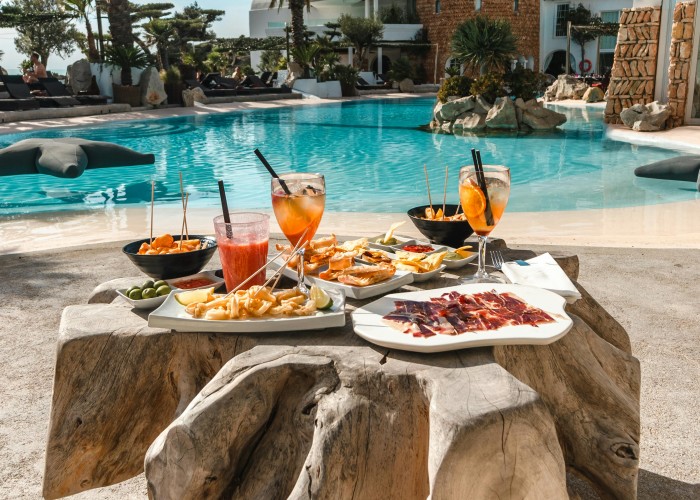
Leave a Reply